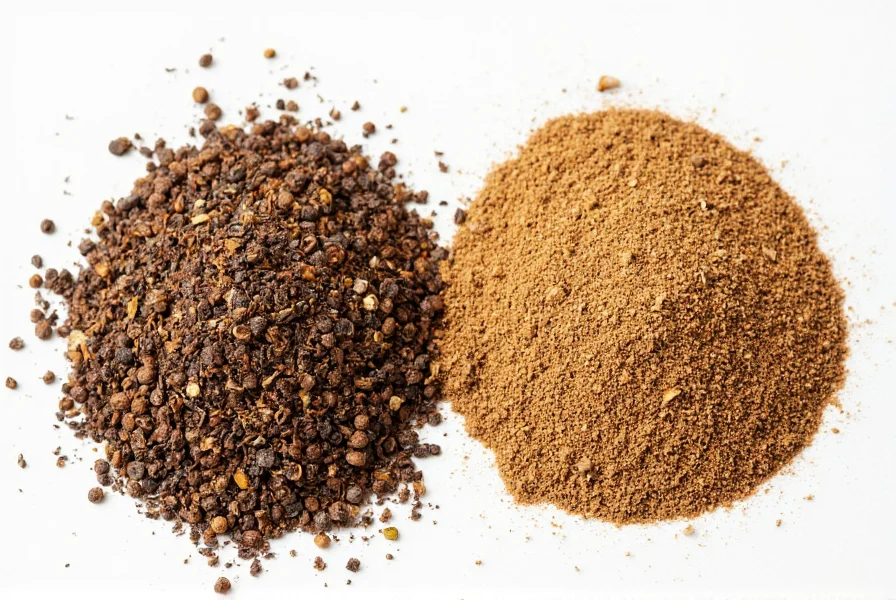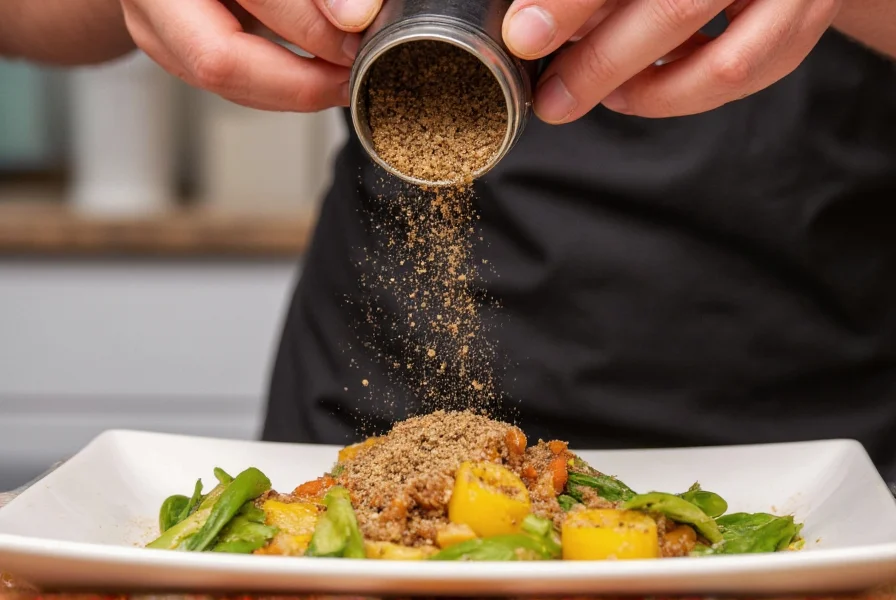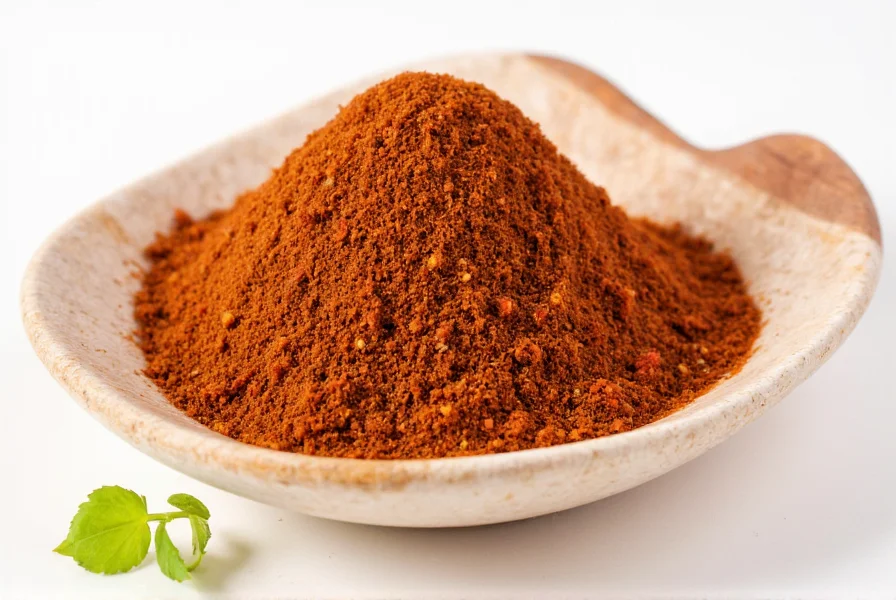Understanding the precise characteristics of pepper meal helps home cooks and professional chefs make informed seasoning decisions. This distinctive pepper preparation offers unique advantages in culinary applications where standard ground pepper might dissolve too completely or cracked pepper would create an overly aggressive bite.
What Exactly Is Pepper Meal?
Pepper meal represents a specific stage in the pepper grinding process. When whole peppercorns are processed through a mill, they pass through several consistency stages:
| Pepper Consistency | Particle Size | Common Uses |
|---|---|---|
| Whole peppercorns | 4-5 mm | Pickling, slow-cooked dishes |
| Cracked pepper | 2-3 mm | Steak crusts, rubs |
| Pepper meal | 0.5-1.0 mm | Sauces, dressings, delicate proteins |
| Ground pepper | 0.1-0.3 mm | General seasoning, baking |
The term "meal" in culinary contexts refers to a coarse powder consistency, similar to cornmeal or polenta. Pepper meal maintains enough structure to provide visual texture while still distributing relatively evenly throughout a dish. This intermediate grind preserves more of pepper's volatile oils compared to finely ground versions, resulting in more complex flavor release during cooking.

Culinary Applications of Pepper Meal
Chefs prefer pepper meal for specific applications where texture and controlled heat distribution matter. Unlike fine ground pepper that can sometimes create "hot spots" in dishes, pepper meal disperses more evenly while still providing visible specks that enhance a dish's appearance.
Professional kitchens commonly use pepper meal in:
- Sauces and gravies - where it integrates without disappearing completely
- Fish and delicate proteins - providing seasoning without aggressive texture
- Dressings and marinades - creating visual interest while maintaining emulsion stability
- Light-colored dishes - where the visible specks enhance presentation
When cooking with pepper meal, add it during the final stages of preparation to preserve its distinctive flavor compounds. The larger particle size means it releases heat more gradually than finely ground pepper, creating a more balanced seasoning profile in finished dishes.
Pepper Meal vs. Other Pepper Forms
Many home cooks confuse pepper meal with similar pepper preparations. The key differences lie in particle size and culinary functionality:
Pepper meal maintains its identity better than ground pepper when incorporated into liquids, making it ideal for vinaigrettes and cream sauces where you want visible pepper elements without the aggressive bite of cracked pepper. Its medium grind allows for more controlled seasoning - you can see exactly how much pepper you're adding to your dish.

Storage Recommendations
To maximize freshness and flavor retention, store pepper meal in an airtight container away from light and heat. Unlike whole peppercorns which can remain potent for years, ground pepper forms lose volatile compounds more quickly. Pepper meal typically maintains optimal flavor for 3-4 months when properly stored, compared to 6-8 weeks for finely ground pepper.
For best results, grind whole peppercorns to pepper meal consistency just before use. This preserves the maximum amount of piperine and essential oils that give black pepper its characteristic heat and aroma. A adjustable burr mill provides the most consistent results for achieving true pepper meal texture.
Common Misconceptions
Several myths persist about pepper meal that affect how cooks use it:
- Myth: Pepper meal is just cheaply ground pepper
- Reality: It's a specific, intentional grind size with culinary advantages
- Myth: All pre-ground "pepper meal" products are the same
- Reality: Quality varies significantly based on processing methods and freshness
- Myth: Pepper meal is too coarse for sauces
- Reality: Its medium texture actually enhances sauce appearance while distributing evenly
Practical Implementation
When incorporating pepper meal into your cooking routine, consider these professional techniques:
- Use a dedicated mill setting for pepper meal consistency (typically between 5-7 on most grinders)
- Add to dishes during the final 2-3 minutes of cooking to preserve volatile compounds
- Pair with acidic ingredients like citrus or vinegar which help release pepper's flavor compounds
- Combine with complementary spices like coriander or allspice for complex seasoning profiles
Understanding when to choose pepper meal over other pepper forms elevates your seasoning precision. This intermediate grind offers the perfect balance between visual appeal, flavor release, and textural integration for many culinary applications where standard ground pepper would disappear or cracked pepper would dominate.











 浙公网安备
33010002000092号
浙公网安备
33010002000092号 浙B2-20120091-4
浙B2-20120091-4